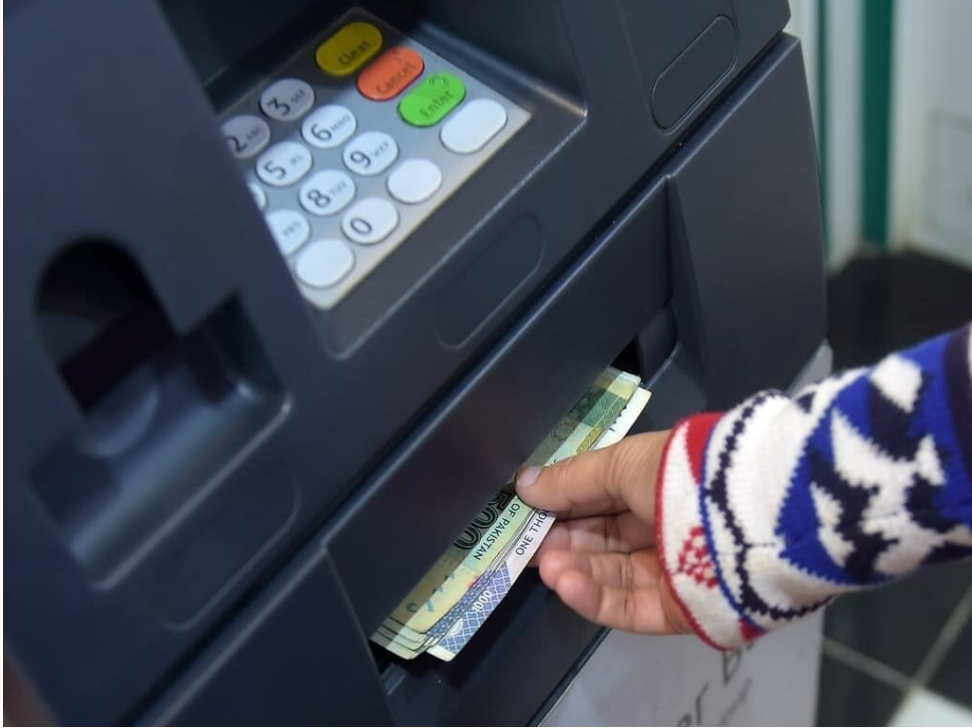In a significant development aimed at regulating the financial activities of non-filers, the government of Pakistan has decided to increase the daily cash withdrawal limit from Rs50,000 to Rs75,000. This change, part of a broader strategy under the 2025–26 budget reforms, marks a notable shift in how the state aims to manage and monitor undocumented transactions without completely stifling economic flow.
🔍 What’s Changing?
Previously, non-filers—individuals who do not appear on the active taxpayer list (ATL)—faced a Rs50,000 limit on daily cash withdrawals from bank accounts. Now, under the new directive, that limit has been raised to Rs75,000. This applies to withdrawals made over-the-counter or via ATM.
📊 Why the Policy Shift?
The decision seems to strike a balance between increasing revenue collection and maintaining liquidity in the economy. Here are the key reasons behind the move:
- Encouraging Banking Use: By easing restrictions slightly, the government hopes to promote formal banking usage among non-filers instead of driving them toward informal, undocumented channels.
- Monitoring vs. Functionality: Authorities likely recognize that excessively low limits can hinder day-to-day business transactions, especially for small traders who remain outside the tax net.
- Increased Monitoring: While the limit has been raised, stricter reporting mechanisms are being introduced to track frequent or large cash withdrawals. The aim is to collect better data on non-filers and identify potential tax evaders.
💼 Impact on Non-Filers
This change offers some breathing room for non-filers who previously had to deal with inconvenient banking restrictions. However, it also comes with a clear message: the Federal Board of Revenue (FBR) and government institutions are keeping a close eye.
Non-filers may face higher withholding taxes on such withdrawals, and frequent high-volume transactions could attract scrutiny or even audits.
🧾 Long-Term Tax Reform Agenda
This adjustment is part of a broader set of tax reforms included in the 2025–26 federal budget. The government has pledged to increase the tax-to-GDP ratio by expanding the tax base, especially targeting sectors and individuals previously outside the formal tax system.
Officials have repeatedly emphasized that the ultimate goal is to transition non-filers into active taxpayers through a mix of incentives and enforcement.
⚠️ What Should You Do?
If you’re a non-filer and frequently withdraw cash:
- Be mindful of the withholding tax rates applied to your transactions.
- Keep records of all your large withdrawals, especially if they are business-related.
- Consider filing your income tax returns and becoming a filer to avoid higher deductions and greater scrutiny.
Conclusion
The increase in the cash withdrawal limit for non-filers to Rs75,000 is not just a relief—it’s a calculated policy adjustment designed to maintain flow in the economy while tightening the net around unreported income. As the government continues to modernize its tax regime, staying compliant is no longer just a civic duty but a smart financial move.



